What is the highest state of art, all the sages in ancient times have said, you don't know yet!
Author:Lonely Feixue Painting and Cal Time:2022.07.07
The ancients said that the highest state of Chinese art is like the cold pond goose traces, which is too virtual. We look at the art of the eight major mountain people, which is in this state. Go to be there, no trace, no dust, no smoke.
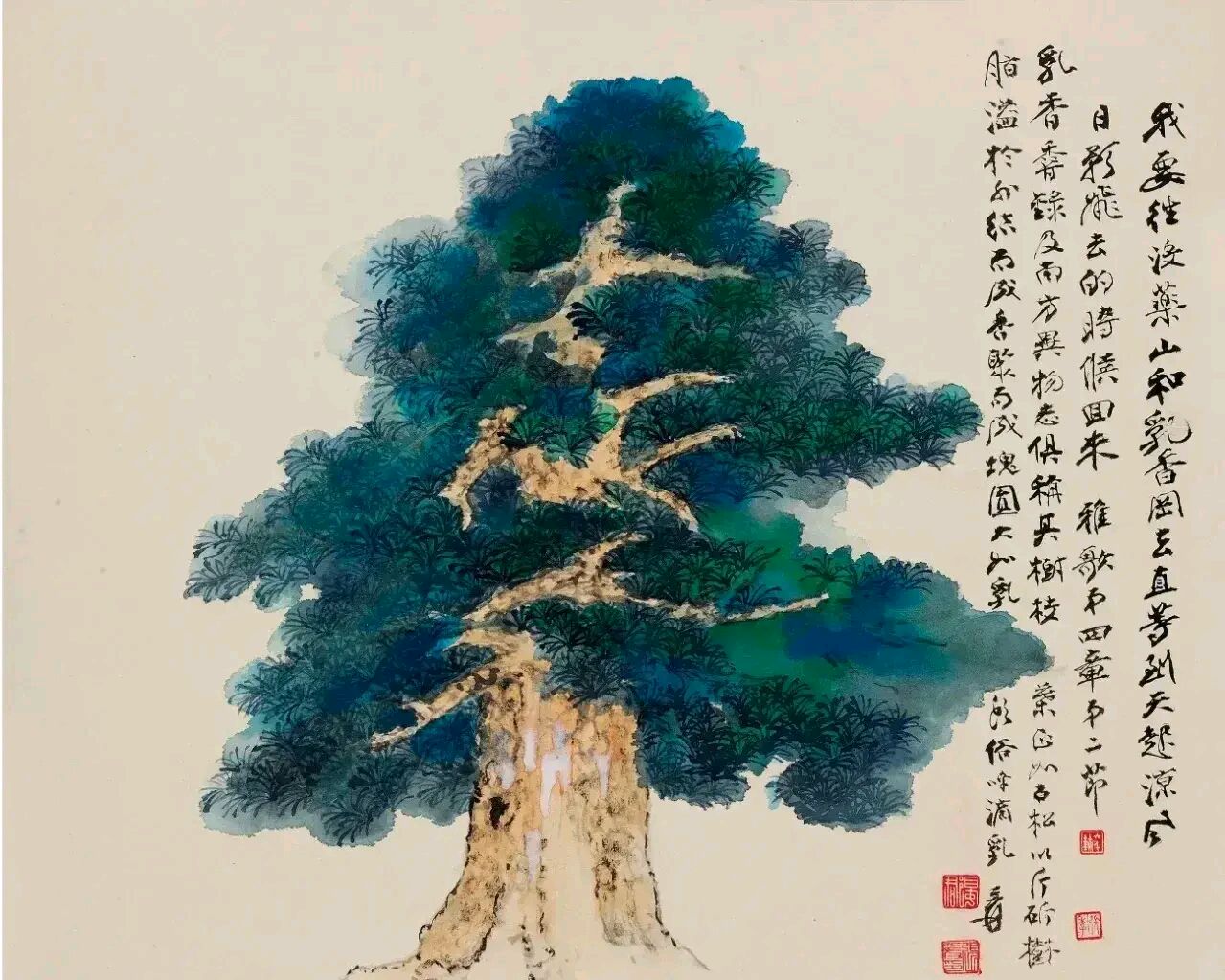
At the eight major here, everything in the world is impermanent, everything is like a dream bubble, so I have no heart. What is living? In fact, it is a person's nostalgia for all material, and the emotional joy. This is "living". Hui Neng is very clear that if he has "living" in his heart, people will have no freedom.
Anyone who likes to draw lotus? The lotus is out of the mud, but it is not reflected, so it is highly clean. You see it comes from the sludge, but does not nostalgic. One dust.
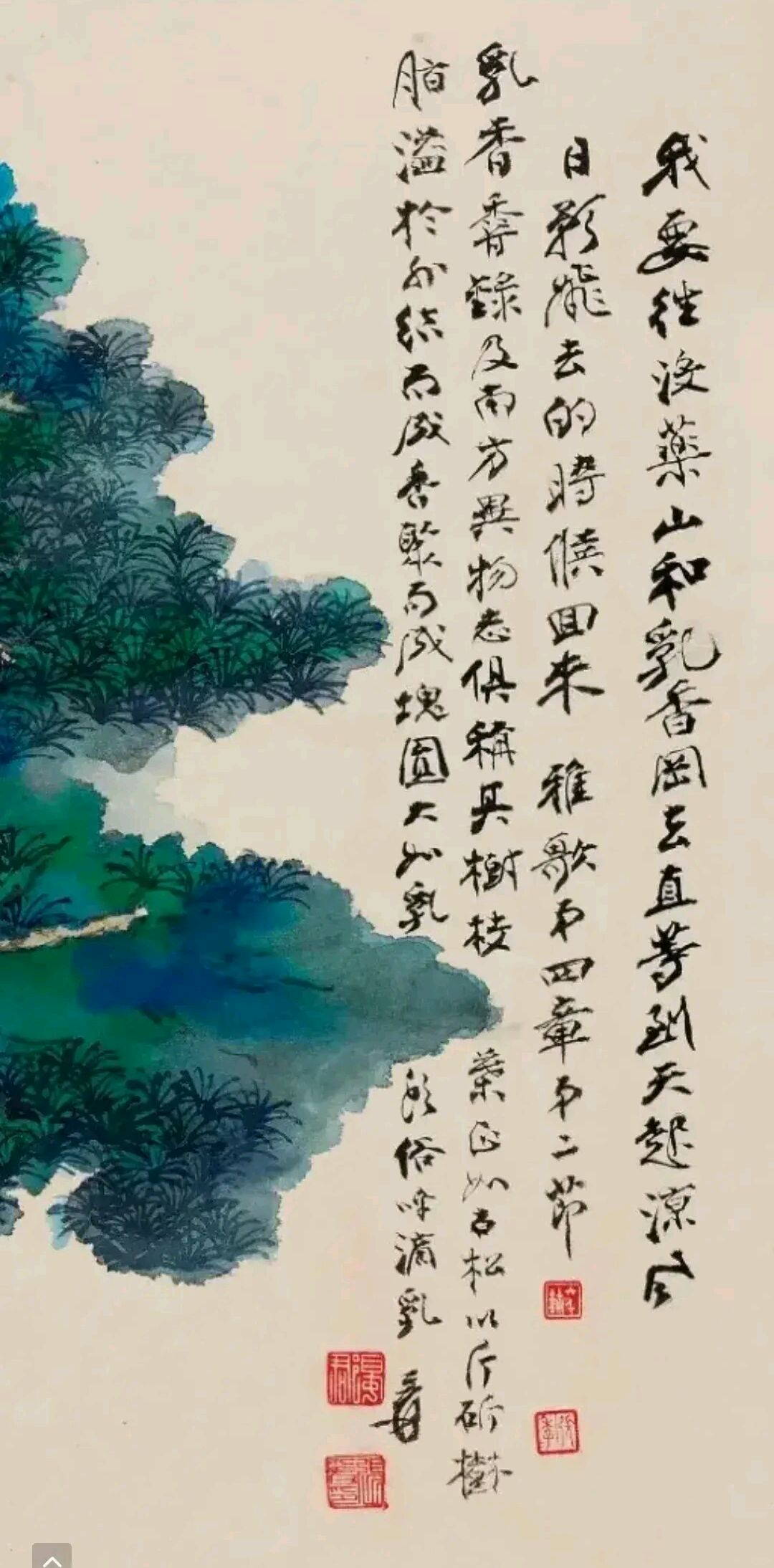
To understand the eighth National Congress, you will find that the loneliness advocated by the eight major is a kind of loneliness that tears all attachments.
Confucius, Lao Tzu and others are retro advocates, and Lao Tzu advocates retro to Yao Shun. So what exactly does this retro learn, the spirit of the ancients, the purpose of which is to remove the glitter at that time. It is not the form of retro people. The form is changeable and there is no need to inherit. The people of the Yuan Dynasty went directly to the Tang and Five Dynasties, the Northern Song Dynasty, and learned the five generations of Dong Ju, but also different from Dong Ju. With the characteristics of the Yuan people, this was new after inheritance. A peak.
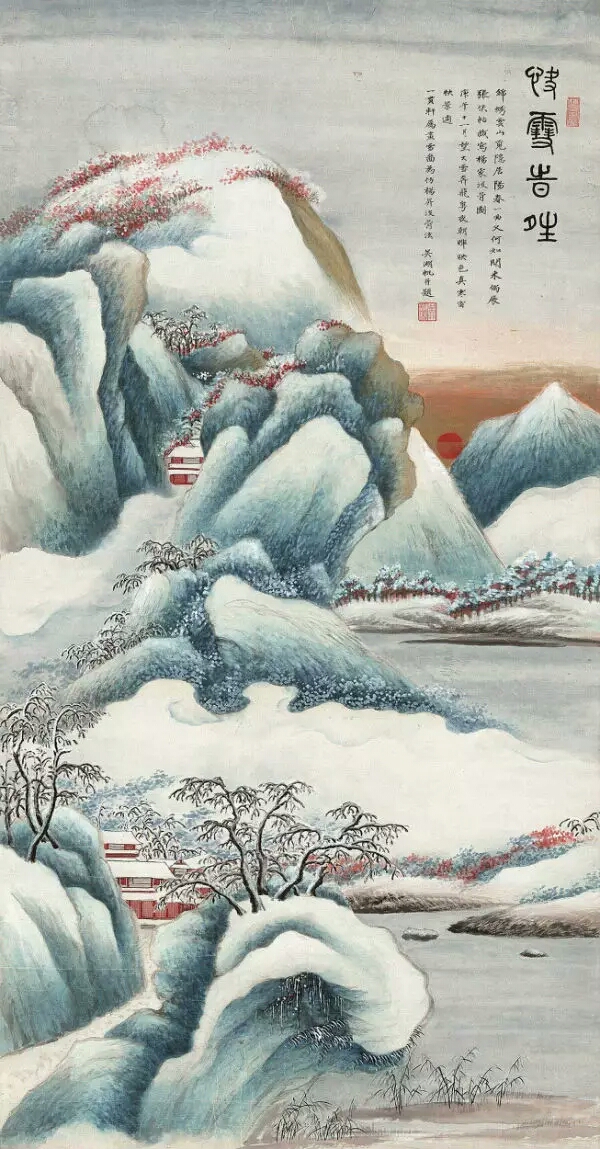
"Pen and ink should follow the ancient", which is chasing the ancient tradition. Shi Tao’s "pen and ink should be with the times" is only the first half, and the second half is the focus. In the era of the "era", he was the "Four Kings".
Looking back at the Four Kings did not create a peak like Song and Yuan. They just reached the inheritance without a chance to have a new evil. Perhaps the conditions were too good to give up, or they were afraid of failure. In short, they cater to the emperor Together.
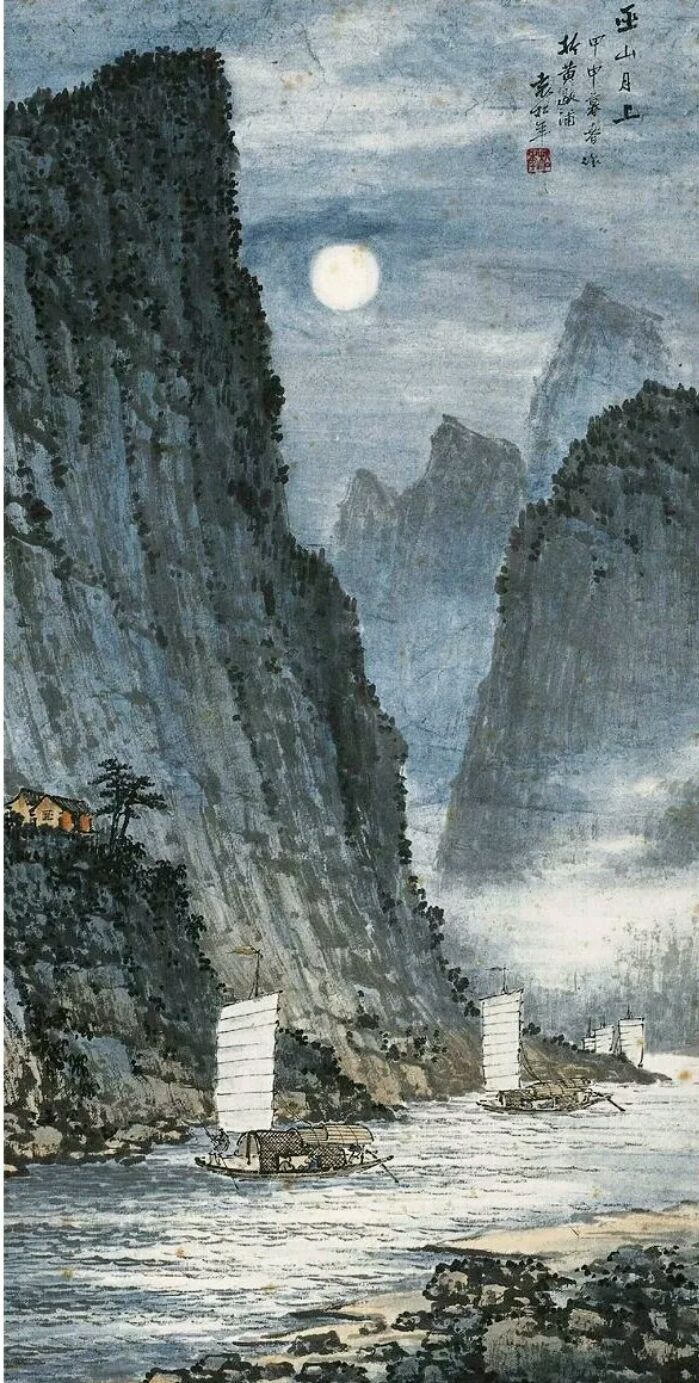
The so -called studying ancients of the four kings is just learning inheritance in the form of ancient times. If you learn the contemporary contemporary, it must be finished. After all, there is no historical choice now. Now there are two ways. This is inheritance of ancient times. People are worse than learning ancient people.
To do it, it only gets it; in the way, only the laws are obtained. The works left in ancient times were tested and filtered by historical tests, and many masters were recognized. Today's works are not necessarily.
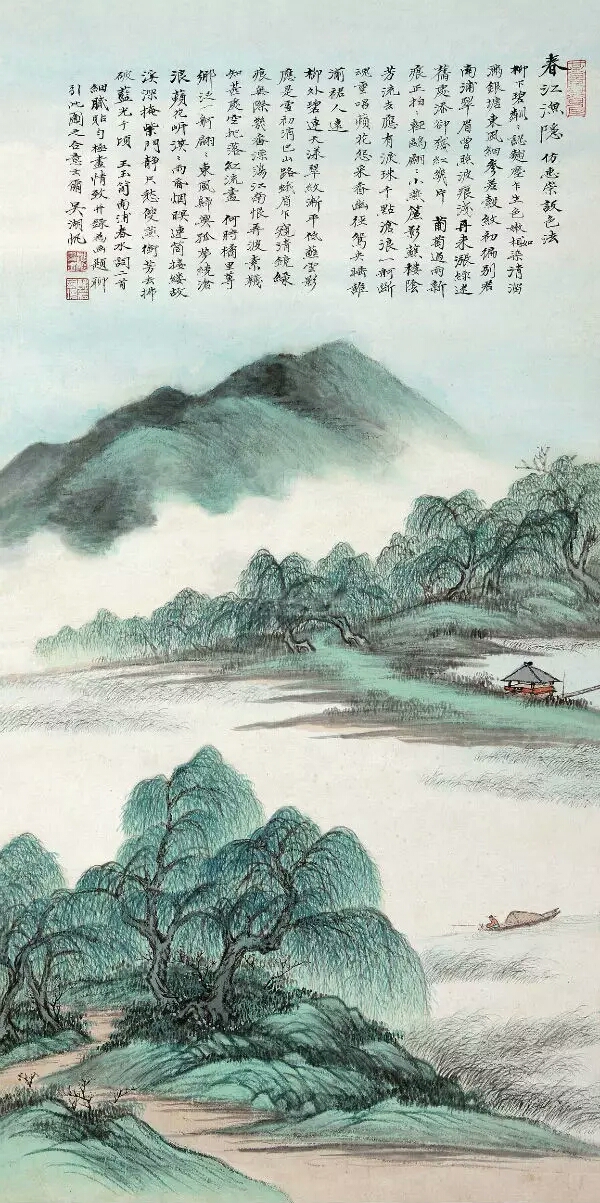
There is another problem. Many people say that they are afraid of entering, and it seems impossible. The eight major brushes and ink skills are the deepest and strong style. It can be seen that he is the deepest in tradition.
As an excellent calligraphy and painter, you must learn the tradition of pen and ink. This is fundamental, with this spirit of expressing a new era. Zhao Ziang said: "It is not easy to use the time to cover the word because of the time." He also said that Wang Xizhi's words were changed. As soon as the ancient law changed, the spirit of his majesty was natural, but the ancient method did not lose.
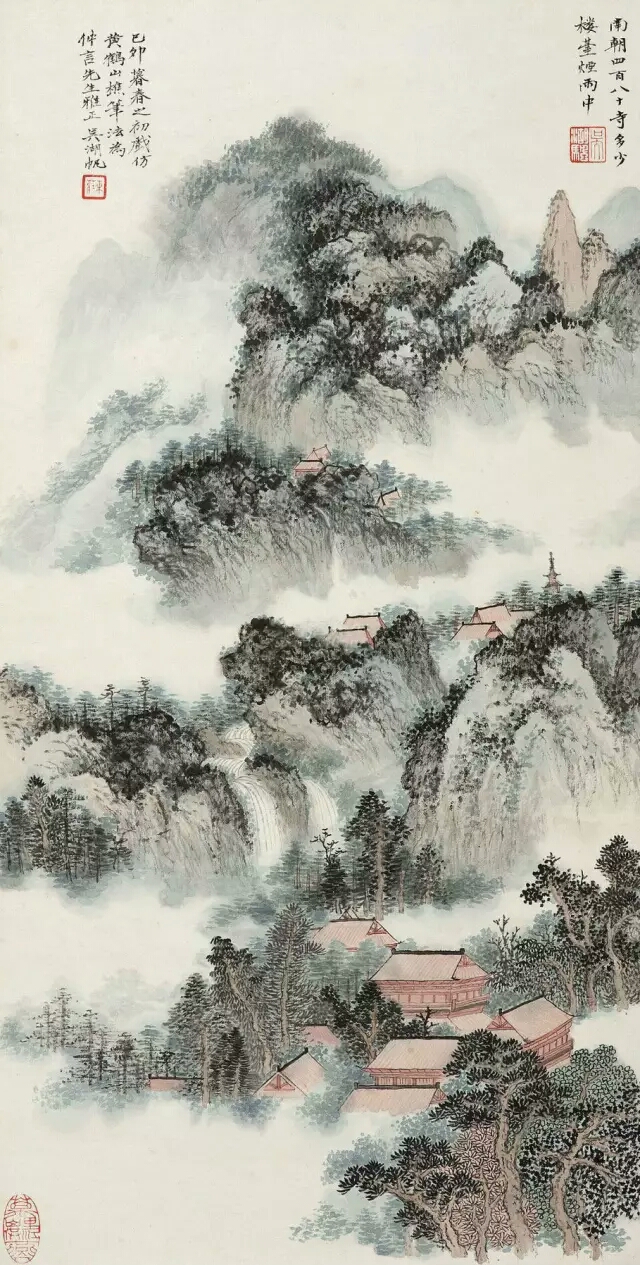
Fonts and other forms can change, but the use of pens (that is, traditional pen and ink) is unchanged. If the ancient law changes, the word changes will change, so whether it is a painter or a calligrapher, the ancient Fa must be lost. Today's artists must understand this.

Therefore, the pen and ink should be ancient, which is the law that does not change for thousands of years, and learners should pay attention to it.
- END -
Weifang created "East Asian Cultural Capital" | Qingzhou Cultural Tourism Bureau watched urban and rural historical and cultural protection and inheritance summit forum
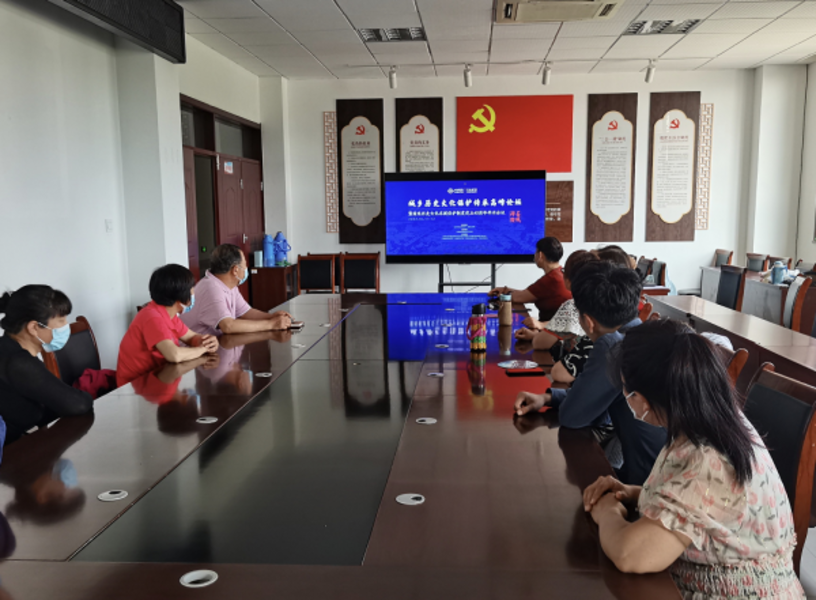
Recently, in order to conscientiously implement the Opinions on Strengthening Hist...
Zibo City's first Forest Culture Week "cooks" a different feast

The first graphic of the Ming Dynasty masterpiece Qunfang Spectrum and the city fl...